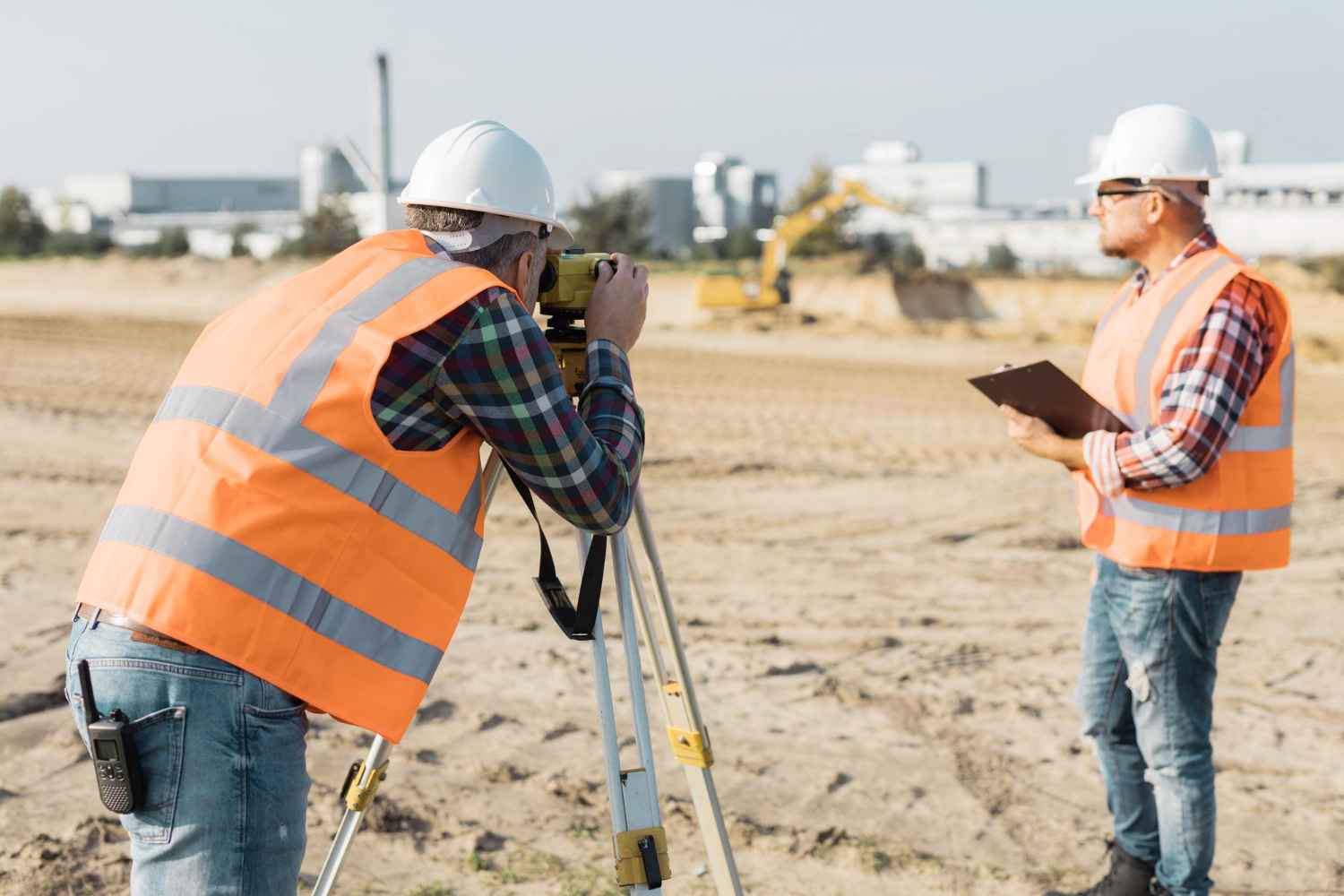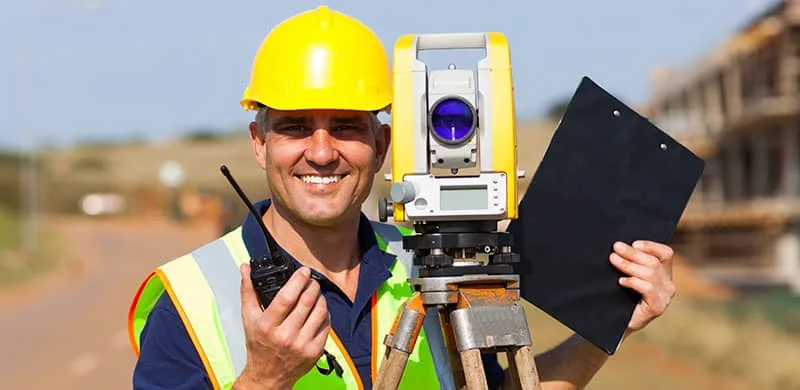Investing in a land survey is a wise option as it helps solve property disputes and plan construction. It provides information about the property and makes it easy to get a building permit. Today, we have brought a detailed guide on land surveys to help you understand what it is and why it’s needed. Let’s explore this guide without further ado!
What is a Land Survey?
A land survey is a comprehensive assessment of a piece of land to describe its location and boundaries. The final report of this survey will be in the form of a 2D or 3D map describing details about a piece of land or property. These surveys provide information about the following:
- Ownership of the property
- Size and shape of the land
- Exact boundaries of the land or property
- Natural or artificial features present on the land
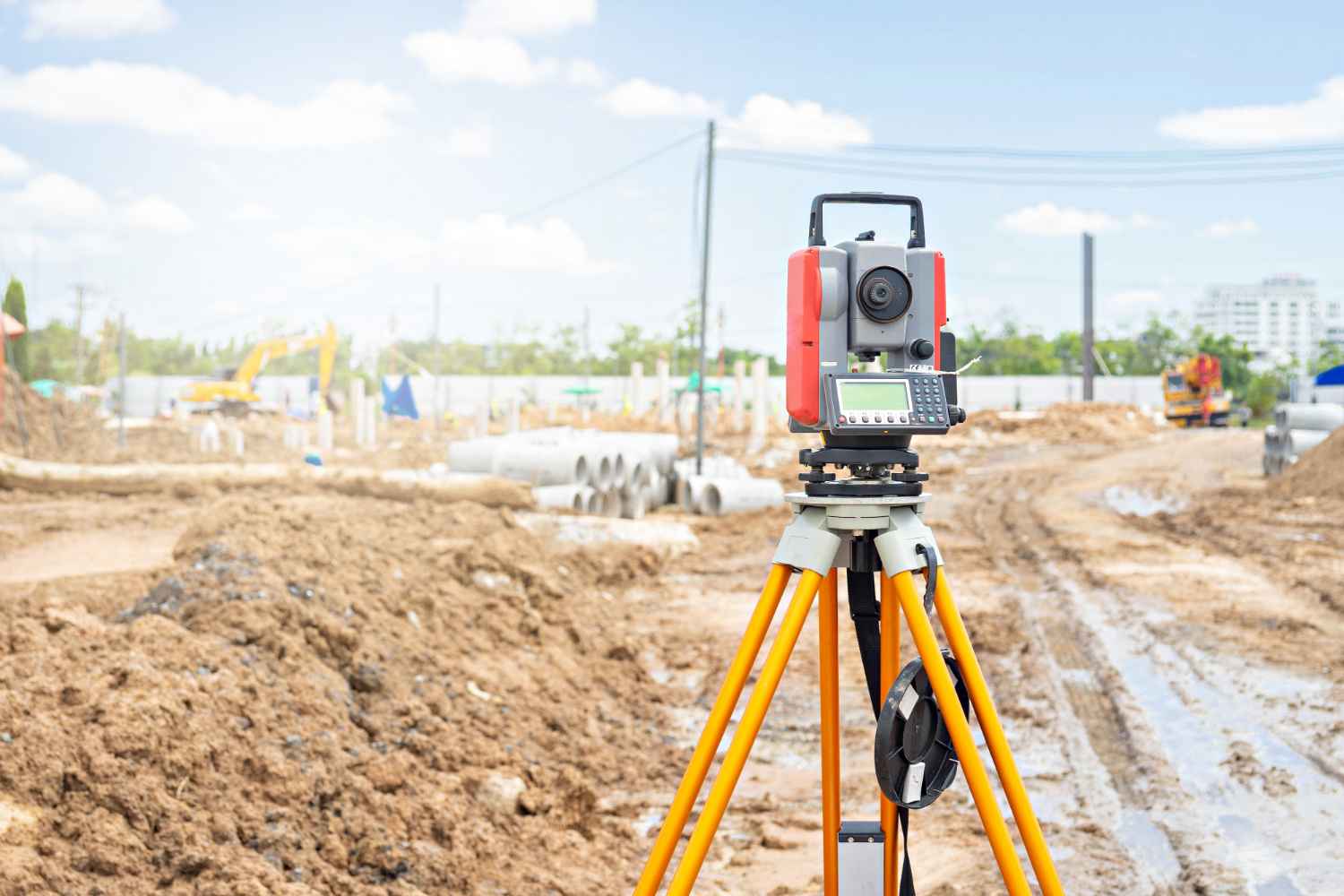

Primary Types of Land Surveys
There are six main types of land surveys:
Boundary Survey
It’s a detailed assessment of the boundaries of a property or land parcel. Their reports are usually 2D maps that describe the shape and size of a property. They can be used to describe the ownership of a property as well.
Detailed Surveys
As their name describes, these surveys provide comprehensive information about a property. All types of land features, such as vegetation, fences, buildings, roads, landmarks, etc., are explained on these 3D maps. They also provide information about the elevation of the land and soil quality. This information helps in planning the construction work on your property.
Topographic Survey
This survey provides information about the topographic features of a specific land. The relevant location and height of all-natural and artificial features are measured during this survey. The natural features are trees and vegetation, and artificial features are buildings, fences, walls, etc.
Construction Survey
This survey is performed to check whether the land under consideration is suitable for building or not. It involves stacking or laying out different features, like roads, buildings, etc., on the ground. It helps contractors understand where these structures should be built according to the construction document.
Site Planning Survey
This survey provides information about the location and accessibility of a specific site. It helps in improving plan design and developments and identifying potential obstacles before construction.
Soil Survey
It provides information about the stability and strength of the soil. It is conducted before purchasing a piece of land to check if the soil can support new structures.
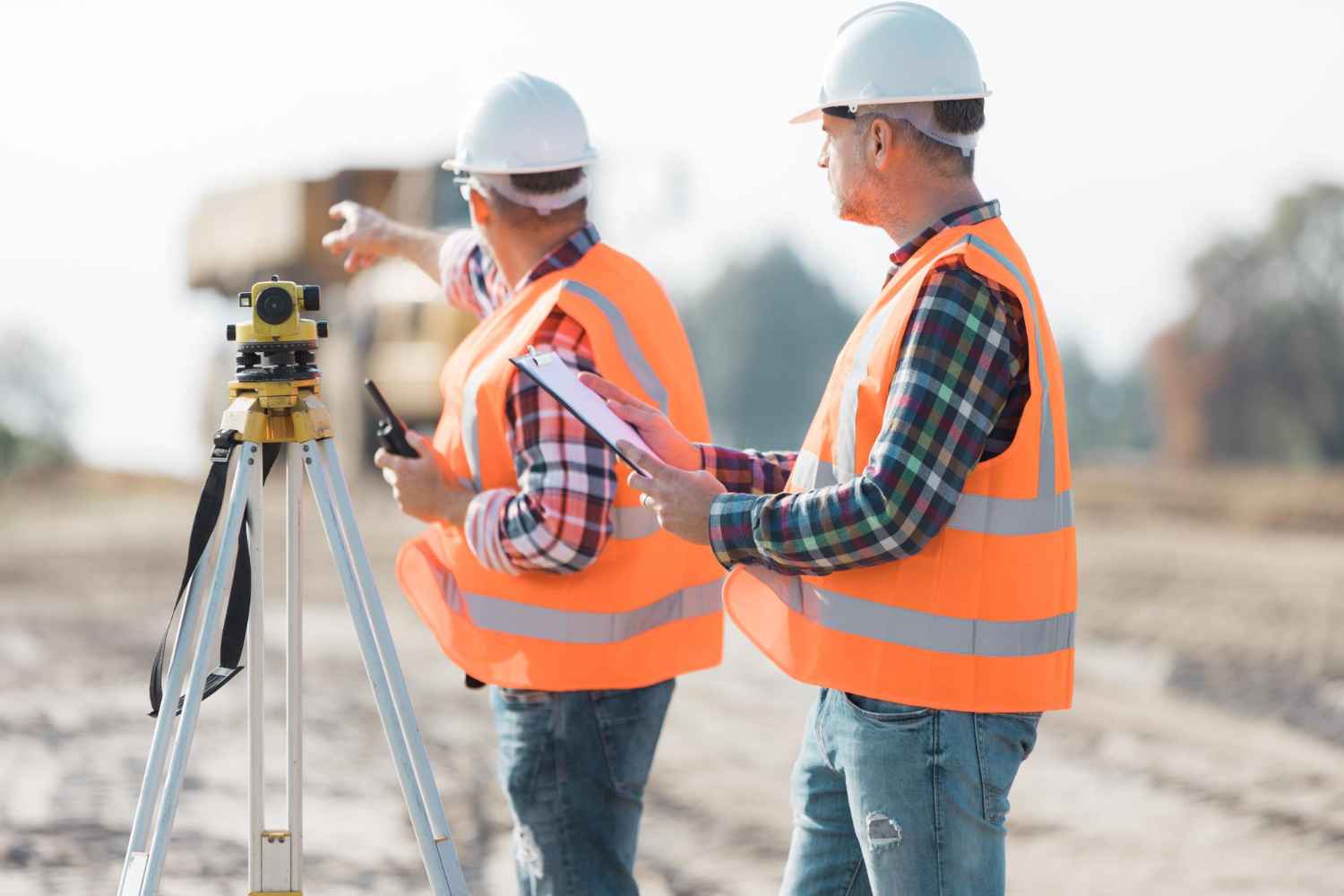
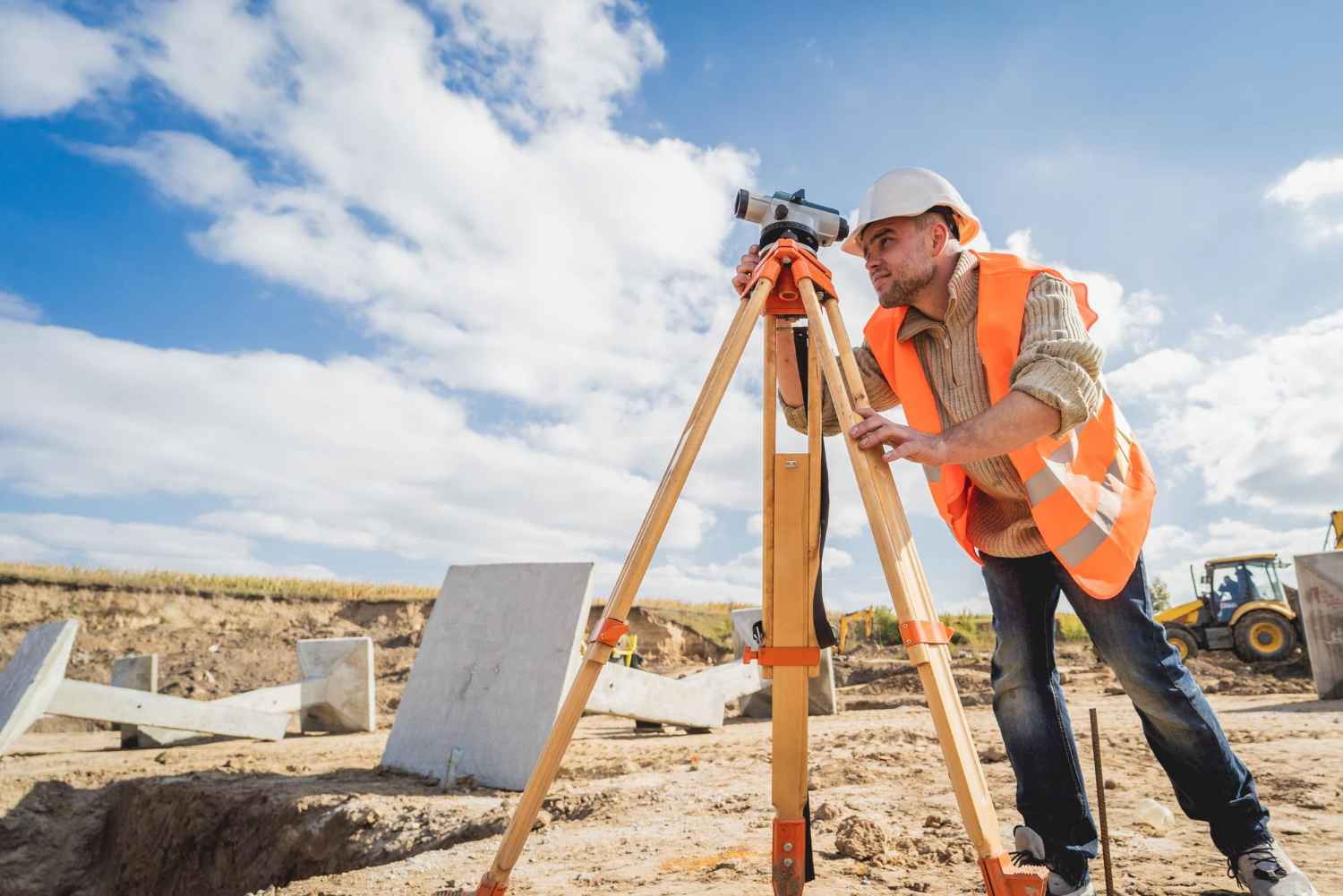
Why is Land Survey Required?
A land survey is required for several reasons, such as:
Establishing Boundaries
You need it to establish boundaries of your property and show your ownership. A boundary survey is required for this purpose and can serve as evidence in case of any legal activity regarding boundaries or ownership of your property.
Purchasing Property
When buying a property, it would be best to know its features. A land survey provides information about this property’s features and assists in deciding whether you should purchase it. It is a powerful tool to ensure your investments are worthwhile.
Building on Your Land
Whether you are planning to build on your land from scratch or add an extension, a land survey is required to avoid unwanted surprises. A detailed survey provides information about the quality of the soil, total space, and surroundings. It assists in obtaining the building permit and planning the construction work.
Resolving Disputes
A land survey can be used as evidence in case of disputes over boundaries or ownership of a property. You can use it in court to resolve such disputes.
The Land Surveying Process
The whole process consists of several steps, i.e.:
- The first step is collecting available information, such as previous records, documents, and registry plans. The surveyor will research to find this information, or you can provide them with available documents. This information helps in preparing a base boundary plan.
- The next step is the field survey. The surveyors will visit the property or piece of lander under consideration to verify the information they get. It primarily focuses on collecting the exact information about the boundaries and the features. It is mandatory as the previous information or maps can be outdated, and the property may have changed due to several natural or human factors.
- Any boundary disputes are resolved. Comparing the existing boundary lines with those mentioned in the previous plans will help in resolving the disputes during the survey. Additional information about the land features is also collected during this step.
- The information collected from the research and field survey will be used to prepare the land survey for your property. The surveyors will use land surveying software for this purpose.
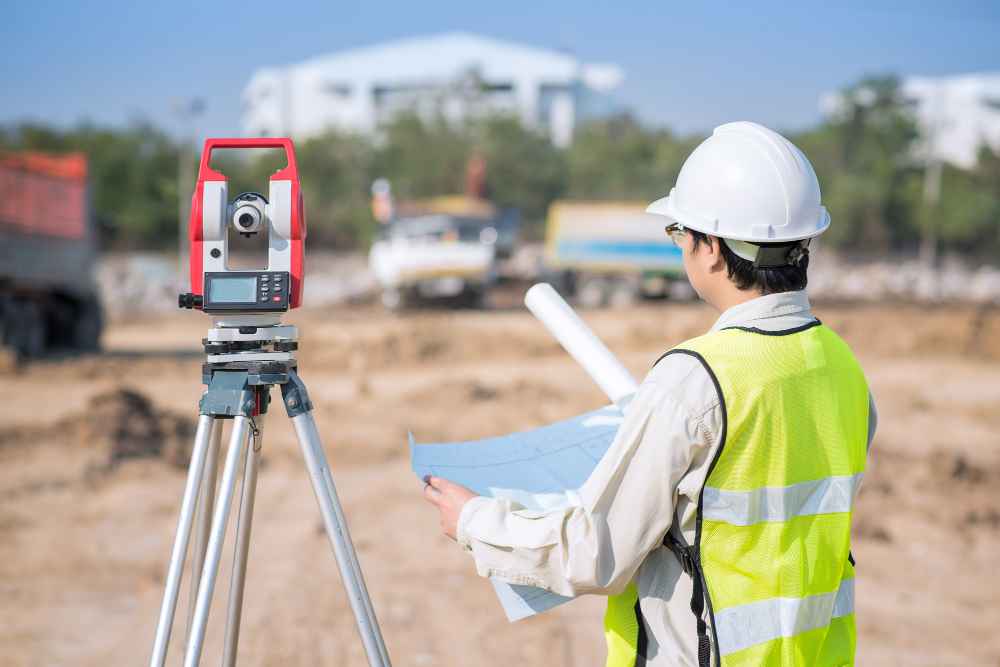

Methods of Conducting Land Surreys
Land surveyors adopt different methods to conduct land surveys, such as:
Geodetic Surveying
It involves using 3D scanners, GPS/GNSS, and other equipment to determine the location of permanent points on the Earth’s surface with accuracy and precision.
Building Surveying
This method involves visiting a building and inspecting its condition. It is done to detect any problems with a building before you buy it.
Aerial Surveying
It involves collecting information about a piece of land by means of aerial photography or photogrammetry. It involves using drones and aircraft.
Cadastral Surveying
It involves the re-establishment of boundaries of a piece of land. It is used to create or amend property titles and is required to subdivide or sell the land.
Duration of the Land Survey
The duration of the land survey varies based on the size of the land parcel under consideration, available information, and other factors. Land surveys of properties with extended boundaries will require more time. Similarly, if your property is in a remote area, there may be obstructions in the survey process, which can take longer.
The availability of information is also a significant factor. If you already have all the required documents and previous plans, the surveys can be completed in a short duration. However, if surveyors have to research and collect paperwork from the County Clerk’s office, they need more time to complete the survey. On average, it can take 2 days to 2 weeks.
Land Survey Cost
Land surveyors charge per day, so the cost of the survey will depend upon the time required to complete it. The factors that impact the duration will ultimately impact the cost of the surveys as well. It is also impacted by other factors, such as the surveyor you choose, the type of survey you need, and the need for special equipment (drones, laser scanners, etc.).
On average, the land survey costs around £300 to £600 per day for regular land surveys. Based on your chosen surveyor, it can go up to £1,000 per day. For a contaminated land survey, the average cost is around £1,200. Hiring a geotechnical engineer to check soil quality during the survey can cost around £750 to £12,500.
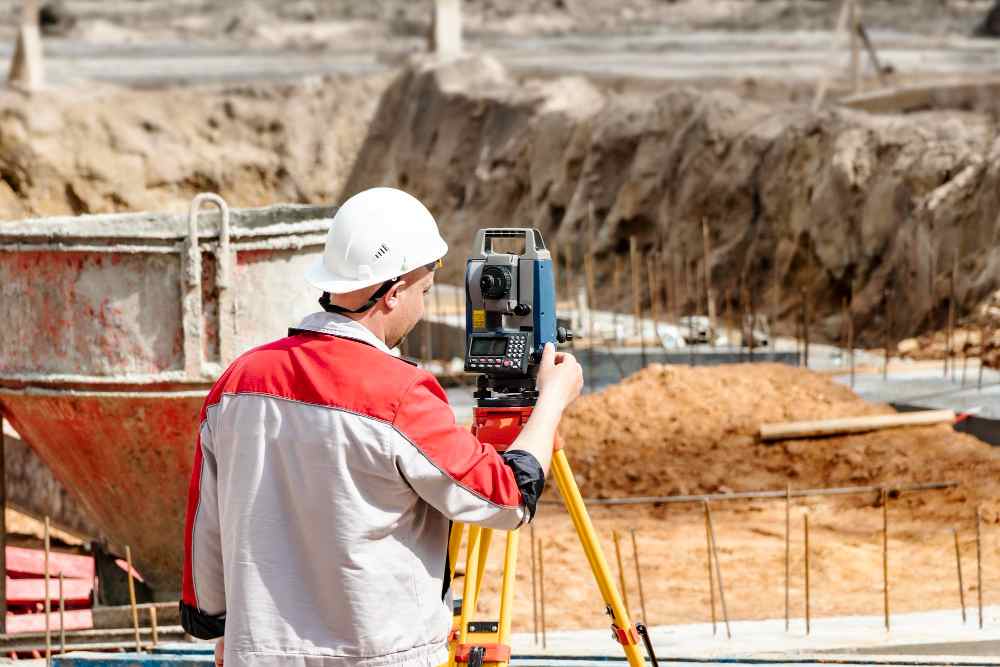

Tips for Cost-Effective Land Surveys
- Get quotes from multiple companies before hiring a surveyor to choose the most affordable one.
- Check the certificates or licences of the surveyors before hiring them to ensure professionals complete your work.
- Do the research work yourself to reduce the time required for the survey; less duration means you have to pay less.

